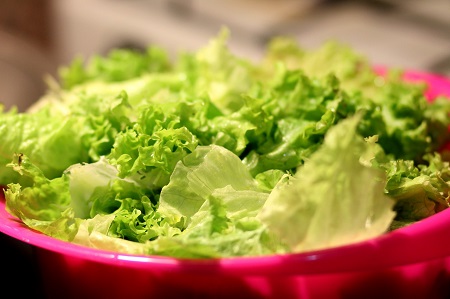 It’s easy to focus on eating low-fat foods when you want to lose weight. After all, fats are a macronutrient that contain a high number of calories. If you’re trying to create a calorie deficit in order to drop unwanted pounds from your body, then it’s natural to want to stay clear of the foods that contain the most calories per bite. However, calorie content isn’t the only factor that impacts the success of your diet.
It’s easy to focus on eating low-fat foods when you want to lose weight. After all, fats are a macronutrient that contain a high number of calories. If you’re trying to create a calorie deficit in order to drop unwanted pounds from your body, then it’s natural to want to stay clear of the foods that contain the most calories per bite. However, calorie content isn’t the only factor that impacts the success of your diet.
Eating Low-Fat Foods May Leave You Unsatisfied
It’s possible to eat low-fat foods and feel perfectly satisfied with what you’re eating, provided you do so very strategically. However, according to new research, when the average person tries to keep up that type of nutrition strategy, they will actually feel hungrier than they would have if they hadn’t eaten anything at all.
Focusing on eating low-fat foods to lose weight can mean that your choices will be aimed at unsatisfying meals and snacks. While this might be manageable during the short-term, there is no way that feeling hungry all the time – potentially hungrier than if you’d eaten nothing at all – will be sustainable over the long-term for the majority of people.
Rethinking Fatty Dishes
There’s no way that a deep-fried chocolate bar can be considered to be a balanced part of a healthy diet. In fact, most deep-friend options should be kept to a minimum, saved for rare treats as opposed to weekly or – gasp – daily meals or snacks. However, this doesn’t mean that all fatty foods should be avoided.
The key to eating low-fat foods and fattier options appropriately is to understand what you’re consuming and to find the balance between them.
After all, a touch of olive oil in your salad’s vinaigrette helps to make the dish taste better, fill you up more efficiently, and even absorb fat-soluble nutrients during digestion. Those are all exceptionally important features that shouldn’t be ignored. Similarly, you can choose a fat-free yogurt, but don’t hesitate to add a few almonds, walnuts, or pumpkin seeds, for example. Don’t go overboard, but give that breakfast some crunch, flavor, and belly-filling substance.
In this way, you’ll be enjoying the nutrition and flavor your mental and physical health require, but you also won’t be sending your calorie consumption through the roof, helping you to stay on top of your weight loss strategy too.
Even if calorie counting isn’t part of your strategy, track your meals and snacks for a week or so to get to know the ingredients you’re using. That way, you’ll understand what you’re combining so you can make smart choices moving forward.
[…] was that the harsher the socio-economic environment of a participant’s childhood, the more food motivated participants were likely to be and the more likely they were to have a trait appetite. Those […]